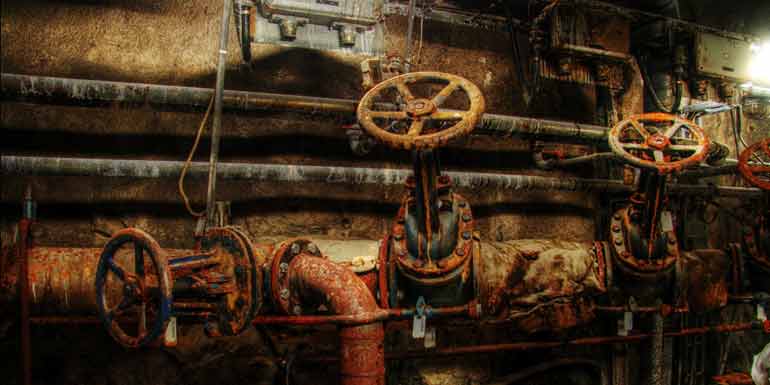
02 Mar One in 10 households at risk of lead poisoning from old pipes
ONE in 10 households may have lead contamination in their water.
Up to 140,000 Irish Water customers will draw their household supplies through lead pipes, and it will take 10 years and up to €300m to replace them.
Irish Water confirmed that it is making the replacement of pipes one of its main priorities as it begins upgrading the network.
The body estimates that as many as 100,000 homes could be connected to lead service pipes, connecting the mains to the household stopcock or water meter. In addition, another 30,000 to 40,000 homes could have lead pipes in their backyards.
Babies are most at risk of poisoning if they ingest excessive quantities of lead. But people only had cause for concern if the amount of lead was above safe limits and there was long-term exposure, a spokeswoman for Irish Water said.
Some 1.35 million people will begin paying for their water from October 1, less than two weeks’ time.
Fianna Fail environment spokesman Barry Cowen said that anyone at risk of contamination should not have to pay for their water. “This is all part of the audit that should have been done to classify all the network across the country and grade it accordingly, and only allow people to be charged after the problems are fixed,” he said.
“There should no charge for households with lead pipes to such an extent that they pose a risk of contamination.”
Homeowners are responsible for maintaining internal pipes on their property, including replacing lead pipes from the main stopcock to the house. Irish Water is responsible for the connection between the mains and the stopcock.
The Department of the Environment said no grants were available for private homeowners to carry out the works, and none were being considered.
Irish Water is also examining if the water can be treated to reduce the amount of lead being absorbed into household water supplies, as currently happens in Dublin since the 1980s.
In many cases, the problem is the internal plumbing in pipes on private property. Public pipes, including those in backyards, would be replaced, but it would take up to 10 years to identify and rectify the problem.
“It’s high levels of exposure over time which are of concern. There is no lead in the major mains or distribution network, and the problem is in the tens of kilometres. We’re working with the HSE and Environmental Protection Agency (EPA) to manage the risk without scaring people,” a spokeswoman said.
A householder can check if they have lead pipes by examining the pipes under a sink to see if they are a dull grey colour and mark easily when pressed by a knife.
Anyone with health concerns is urged to flush the supply at the kitchen tap every morning. Alternative supplies should be sourced if health concerns remain. The EPA said that lead pipes were still in use in some parts of the country, and a national strategy for addressing the issue was needed.
The introduction of water charges has been plagued by controversy. Yesterday the Irish Independent revealed how homeowners will have to simply tick a box to have their bills capped at the average rate on health grounds.
Irish Independent